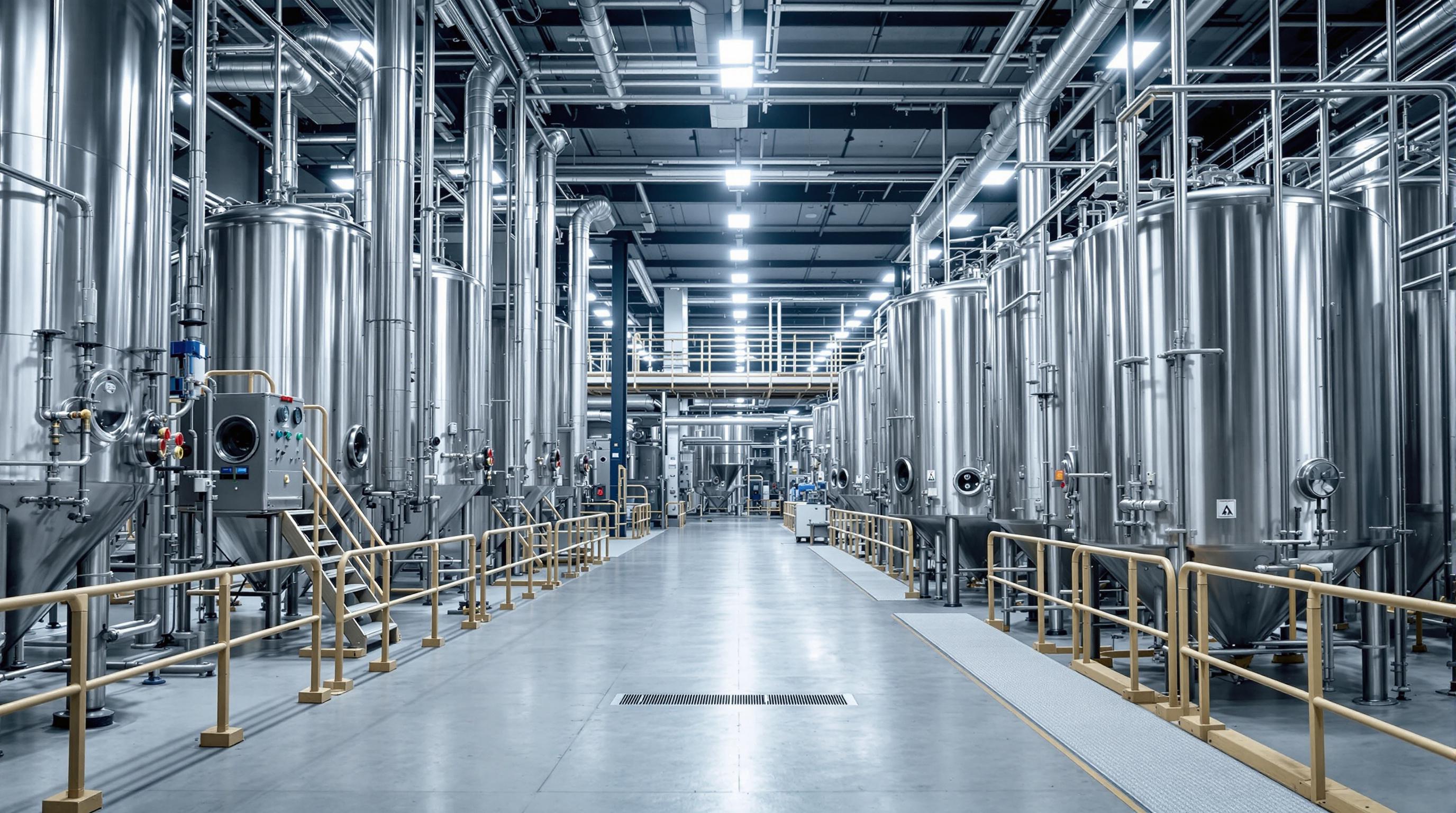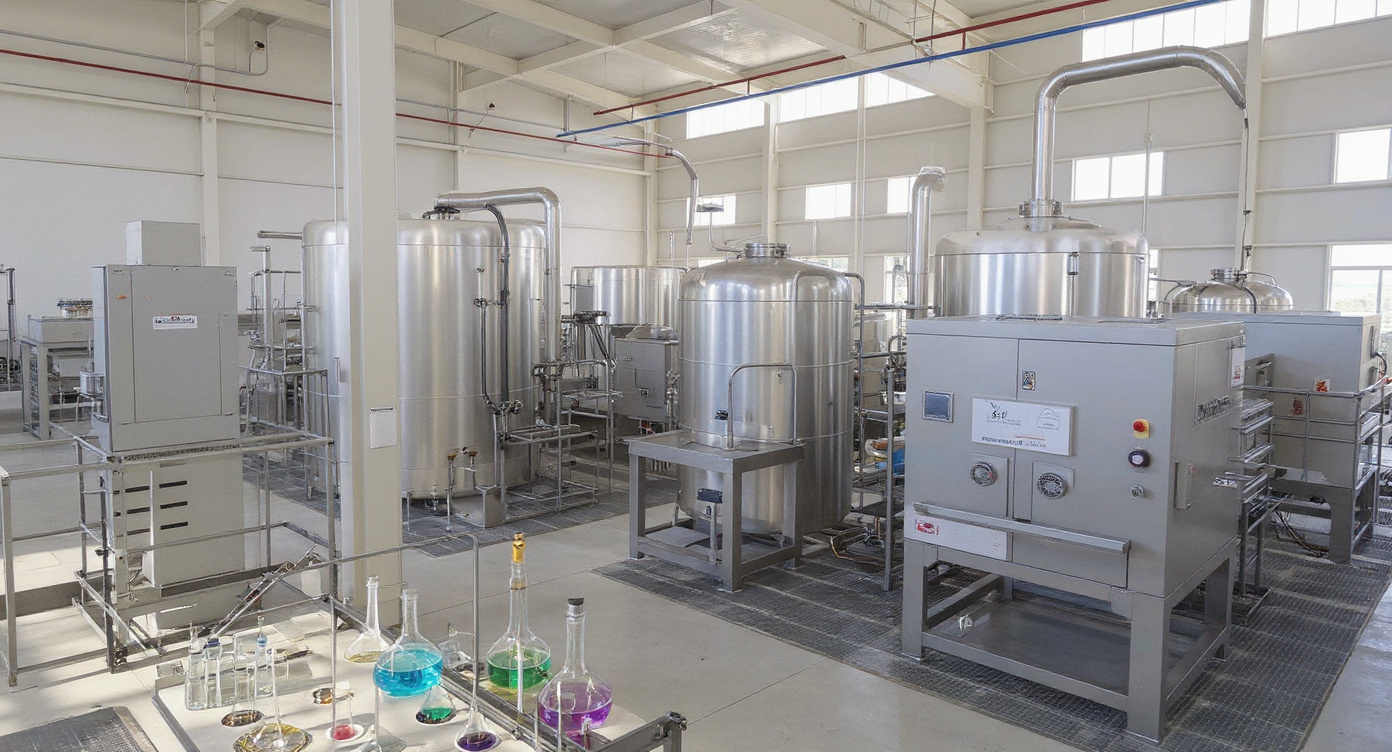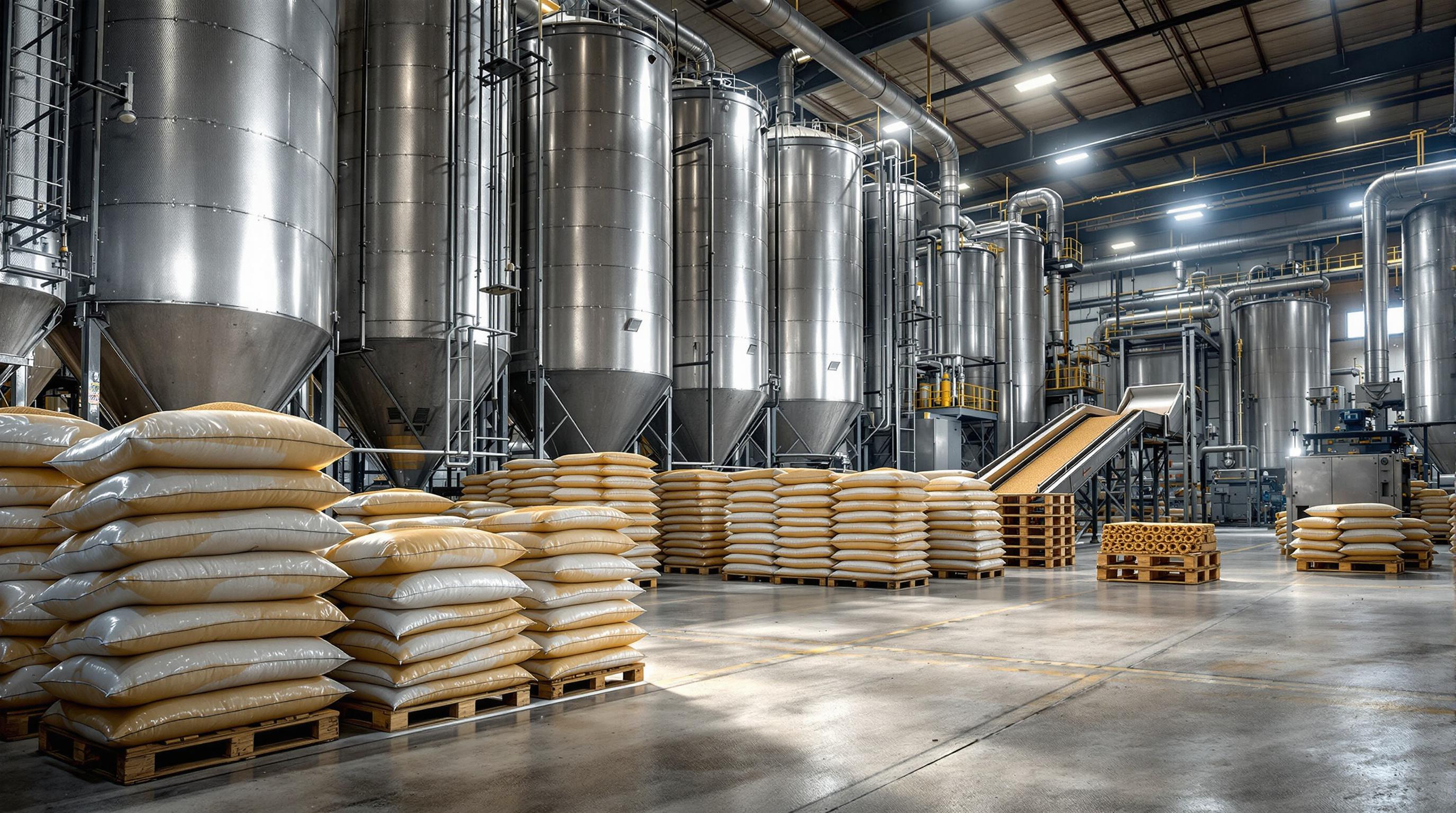What are the 4 types of centrifugal pumps?
The four main types of centrifugal pumps are: 1) Radial flow pumps (most common, fluid enters axially and exits radially), 2) Axial flow pumps (fluid flows parallel to shaft axis), 3) Mixed flow pumps (combination of radial and axial flow), and 4) Peripheral or regenerative pumps (fluid recirculates in pump casing). For sterile processing applications, radial flow centrifugal pumps with sanitary design are most commonly used due to their efficiency and hygienic construction.
What type of pump is used in STP?
In Sewage Treatment Plants (STP), various pump types are used including centrifugal pumps for clear liquids and effluent transfer, submersible pumps for raw sewage handling, and progressive cavity pumps for sludge transfer. For sterile processing applications, sanitary centrifugal pumps with hygienic design, CIP/SIP compatibility, and FDA-compliant materials are specifically required to maintain sterility and prevent contamination.
What is a main disadvantage of a centrifugal pump?
The main disadvantage of centrifugal pumps is their inability to self-prime, requiring the pump casing to be filled with liquid before operation. They also have reduced efficiency at low flow rates and cannot handle high-viscosity fluids effectively. However, for sterile processing applications, these limitations are often outweighed by benefits like smooth flow, minimal pulsation, and ease of sanitation with proper sanitary design features.
CRP typically refers to Chemical Resistant Pump, designed to handle corrosive chemicals and aggressive media safely. These pumps feature specialized materials like exotic alloys, fluoropolymers, or ceramic coatings for superior chemical compatibility. In sterile processing contexts, CRP pumps must also meet sanitary design standards with smooth surfaces, minimal dead spaces, and materials that can withstand sterilization procedures while maintaining chemical resistance.
What materials are best for sterile processing centrifugal pumps?
For sterile processing, SS316L stainless steel is the preferred material due to its superior corrosion resistance, non-reactive surface, and ability to withstand repeated sterilization cycles. Other suitable materials include SS316, Hastelloy for aggressive chemicals, and high-grade fluoropolymers like PFA for non-metallic applications. All materials must meet FDA compliance standards and have smooth, crevice-free surfaces to prevent bacterial growth and facilitate cleaning.
How do you maintain sterility in centrifugal pump systems?
Maintaining sterility requires proper CIP (Clean-in-Place) and SIP (Sterilize-in-Place) procedures, using pumps with sanitary design features like smooth internal surfaces, minimal dead spaces, and drainable construction. Regular validation of cleaning effectiveness, proper seal selection to prevent contamination, and adherence to established protocols for temperature, pressure, and chemical exposure during sterilization cycles are essential for maintaining sterile processing conditions.
 ISO 9001:2015 certified
ISO 9001:2015 certified
 ISO 14001:2015 certified
ISO 14001:2015 certified
 ISO 45001:2018 certified
ISO 45001:2018 certified









